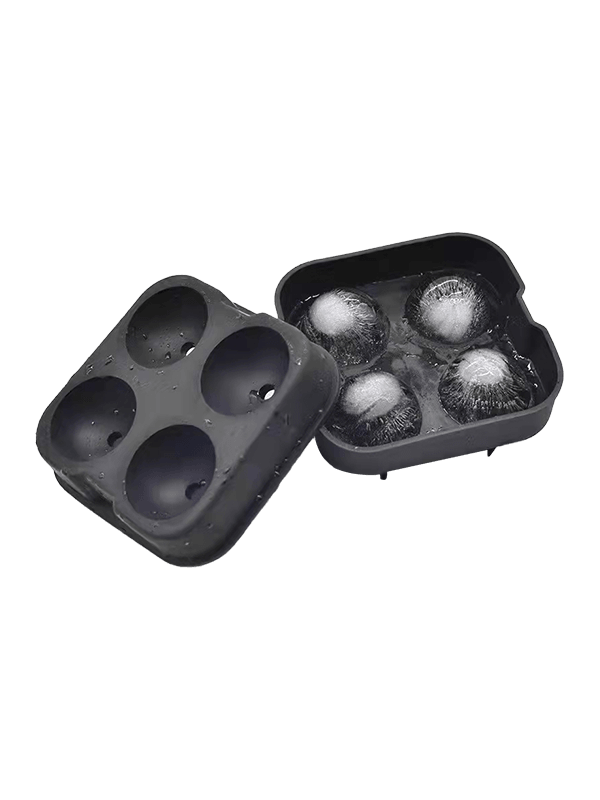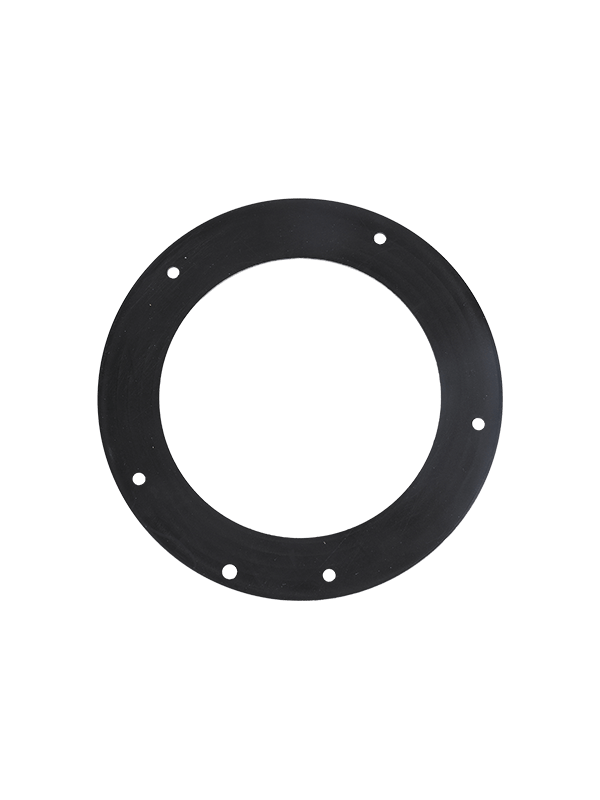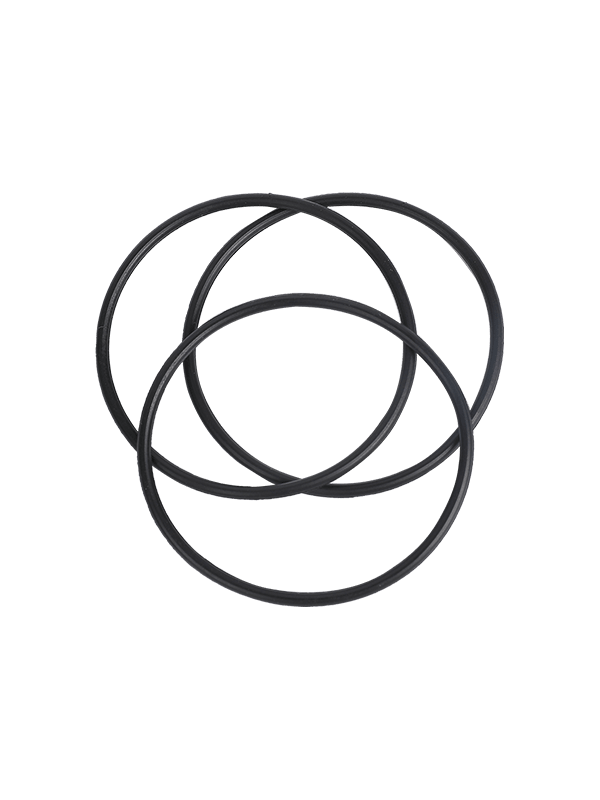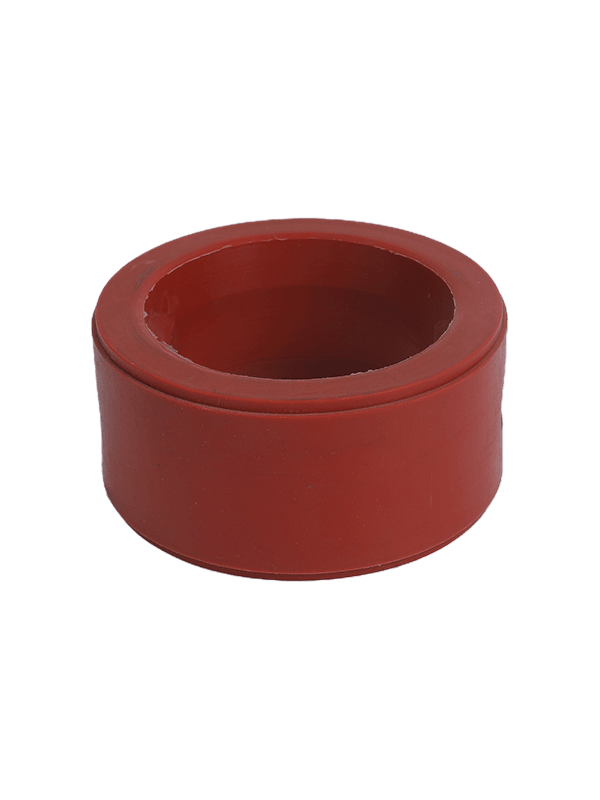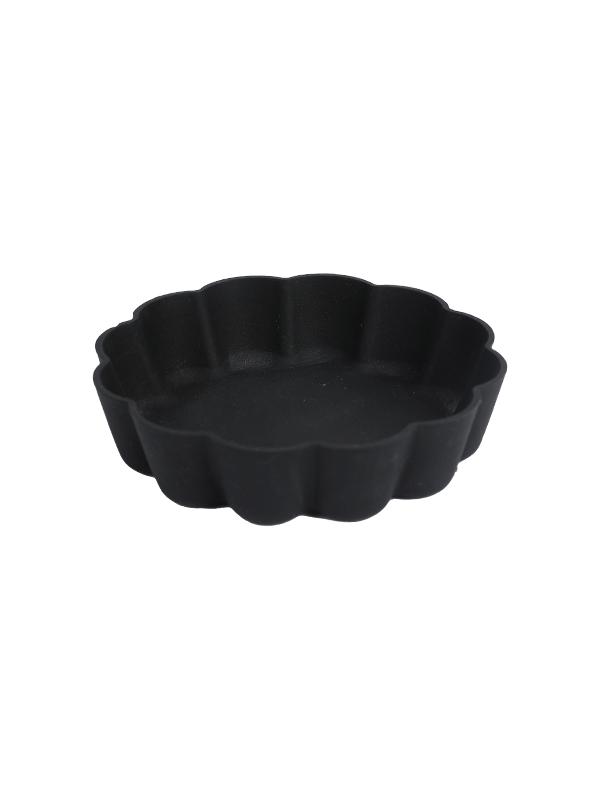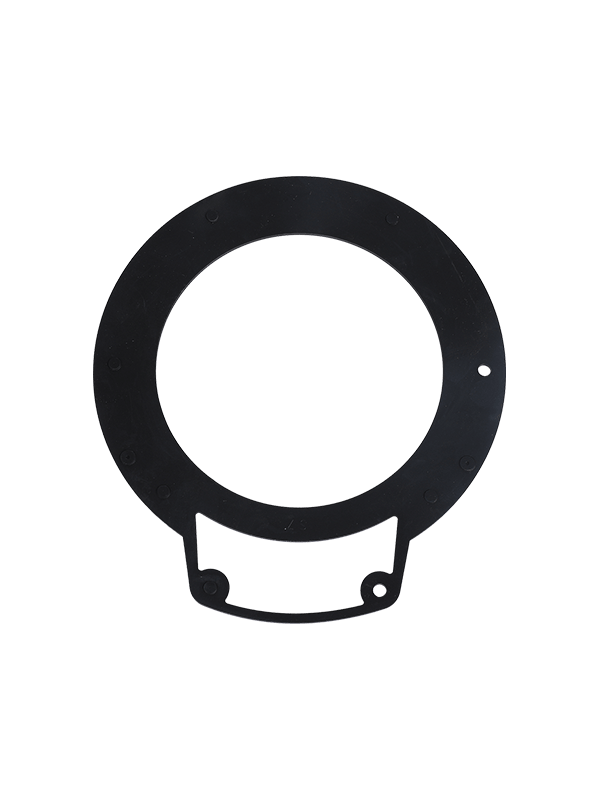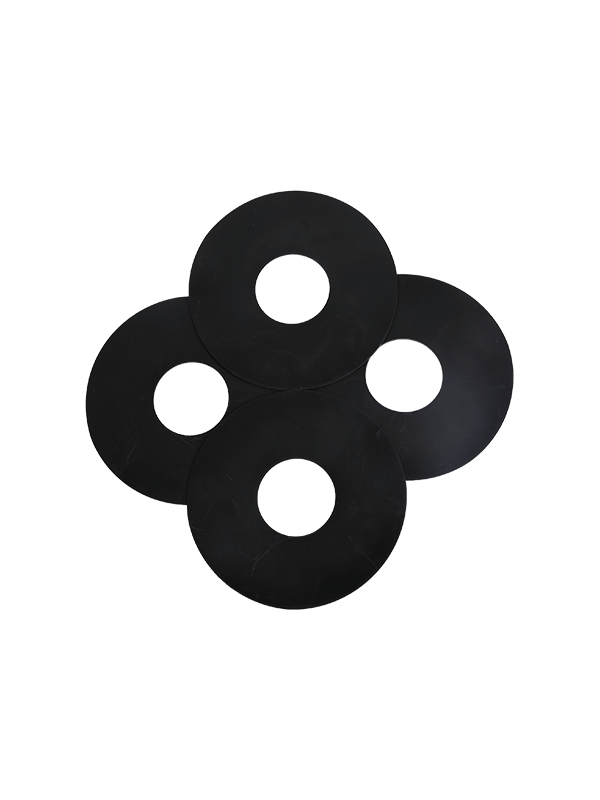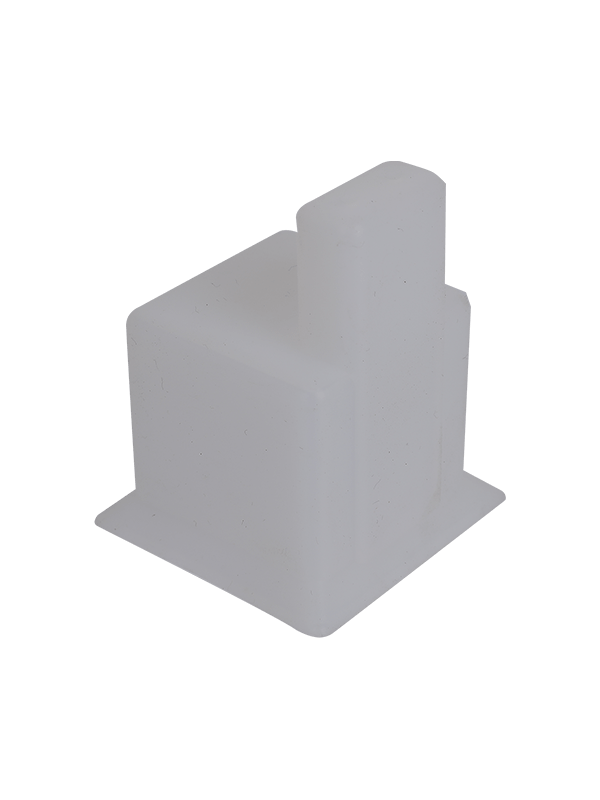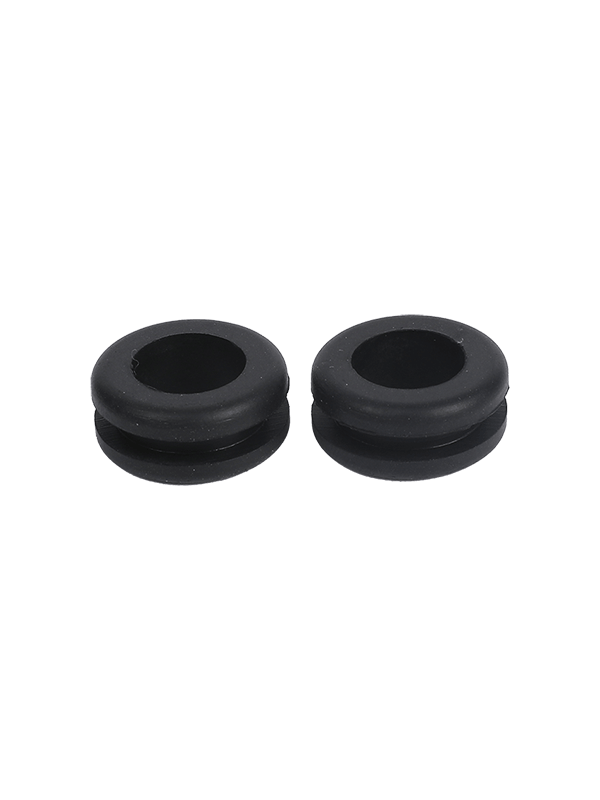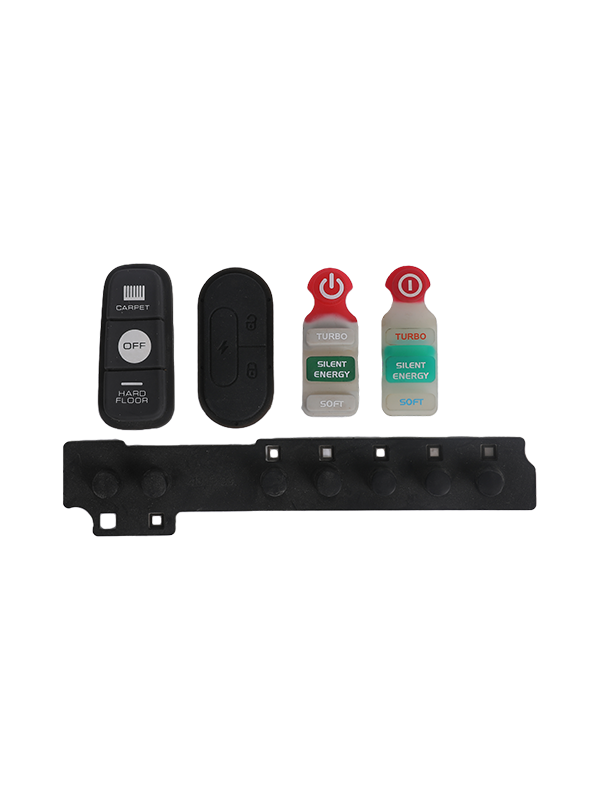Several factors contribute to the sealing performance of silicone sealing rings, ensuring their effectiveness in creating a reliable and leak-free seal. These factors include:
Material Properties: The inherent properties of silicone rubber play a significant role in sealing performance. Silicone rubber offers excellent flexibility, resilience, and compression set resistance, allowing sealing rings to conform to mating surfaces and maintain a tight seal under pressure. Additionally, silicone rubber exhibits high temperature resistance, chemical compatibility, and weathering resistance, ensuring sealing integrity in diverse operating conditions.
Surface Contact: The surface contact between the sealing ring and mating surfaces is critical for achieving an effective seal. Proper alignment, fit, and contact pressure ensure that the sealing ring forms a continuous barrier against fluid or gas leakage. Surface irregularities or imperfections can compromise sealing performance, necessitating the use of gaskets, adhesives, or sealants to fill gaps and improve contact.
Compression Force: The compression force applied to the sealing ring during assembly or operation is essential for creating a tight seal. Adequate compression ensures that the sealing ring conforms to mating surfaces and fills any gaps or voids, preventing fluid or gas escape. Proper compression force is achieved through proper design, material selection, and installation techniques.
Temperature and Pressure: Operating conditions such as temperature and pressure significantly impact the sealing performance of silicone sealing rings. Silicone rubber maintains its elasticity and sealing integrity over a wide temperature range, from sub-zero to high temperatures, ensuring reliability in extreme environments. Additionally, silicone sealing rings are designed to withstand varying pressure levels without extrusion or deformation, maintaining sealing effectiveness under dynamic conditions.
Chemical Compatibility: Silicone sealing rings exhibit excellent resistance to a wide range of chemicals, oils, solvents, and fluids encountered in industrial, automotive, and household applications. Chemical compatibility ensures that the sealing ring remains unaffected by exposure to specific substances, preventing degradation, swelling, or loss of sealing effectiveness over time.
![]()
Surface Finish and Quality: The surface finish and quality of silicone sealing rings influence their ability to form a tight and uniform seal. Smooth, uniform surfaces minimize the risk of leaks or surface imperfections that could compromise sealing performance. Quality control measures during manufacturing ensure that sealing rings meet dimensional tolerances, surface finish specifications, and quality standards, ensuring consistent sealing performance.
Installation and Assembly: Proper installation and assembly techniques are essential for achieving optimal sealing performance. Careful handling, alignment, and tightening procedures ensure that sealing rings are securely positioned and compressed to the correct specifications. Improper installation can result in leaks, over-compression, or damage to the sealing ring, compromising its effectiveness.
Environmental Factors: Environmental factors such as moisture, humidity, vibration, and mechanical stress can affect the sealing performance of silicone sealing rings. Silicone rubber's resistance to weathering, oxidation, and environmental degradation ensures long-term sealing effectiveness in outdoor or harsh environments. Additionally, sealing rings may incorporate features such as lip seals, flanges, or secondary seals to enhance protection against environmental contaminants and ensure reliable sealing performance.
By considering these factors and implementing appropriate design, material selection, installation, and maintenance practices, silicone sealing rings can provide durable, leak-free seals in a wide range of applications, contributing to system reliability, efficiency, and safety.
